We have seemed to have passed the age of making and mending. We are too affluent and too rich in possessions, clothes and household goods are no longer treasured , they are ordinary essentials of life.
It is much cheaper, in real terms , to buy a new pair of socks than to spend an hour mending a hole in one.
Yet only in our parents generation everything was mended. My mother darned socks by the fire most winter evenings, my wife was taught how to mend and patch while in school (she once did me the amazing service of turning a collar in a shirt I loved)
Síle’s father was an amazing mender , I remember being so impressed to find, when I came first to visit them in Skerries , that when I lifted the toilet seat , her Da had replaced one of the rubber bungs on the bottom of the seat which had broken, with a cork from a bottle of wine, sliced in two and carefully glued in place.
It is there still, forty years later.
I have always loved to come across old artifacts which have been mended.
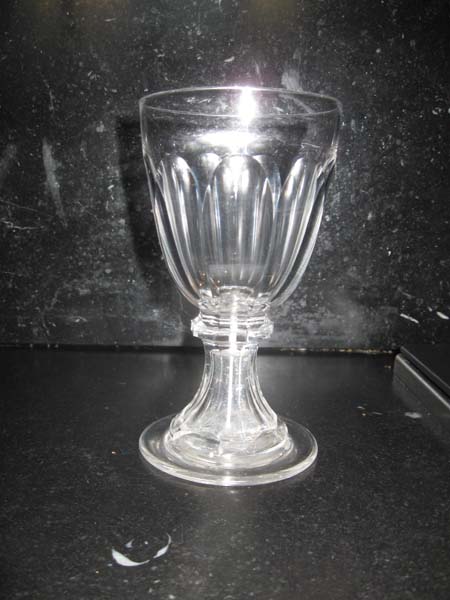
This glass which I found in Cornwall some years ago was carefully mended with a metal splint up the centre of its stem.
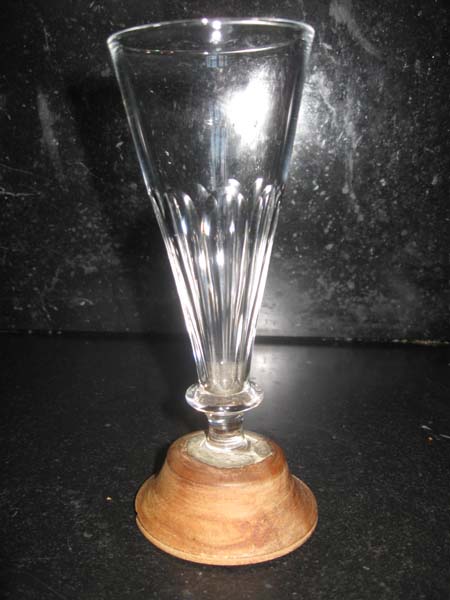
This one , which I found in France, had what looks like an old wooden door knob used to replace its broken base.
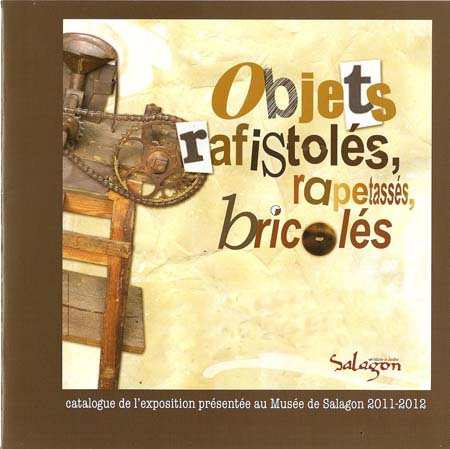
It was with great joy then last week , on our holiday in Provence , that we discovered this exhibition in the Musee de Salagon
The title means ; Objects Patched , Re-used and fixed up.
The cover picture shows a corn crushing machine made from parts of a bicycle and an old metal tundish.
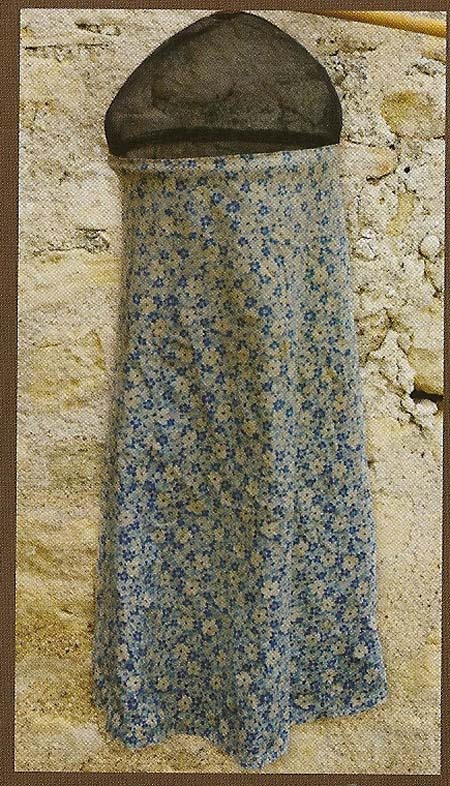
This is a combination metal cheese safe and a ladies skirt used to make a beekeepers mask
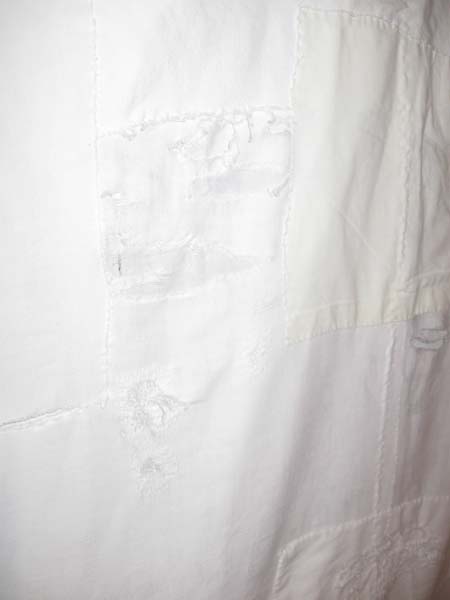
This sheet had been mended so often that there were now darns on the patches which were on the original patches.
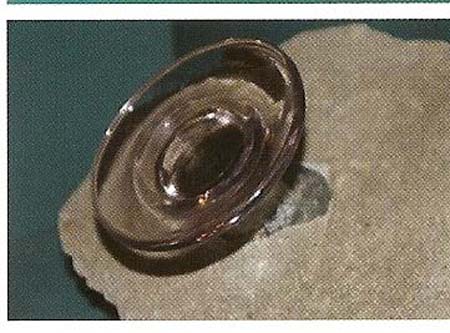
But, after my own heart , here a stylish coat hook had been made by cementing the broken stem and base of a glass on to a wall.
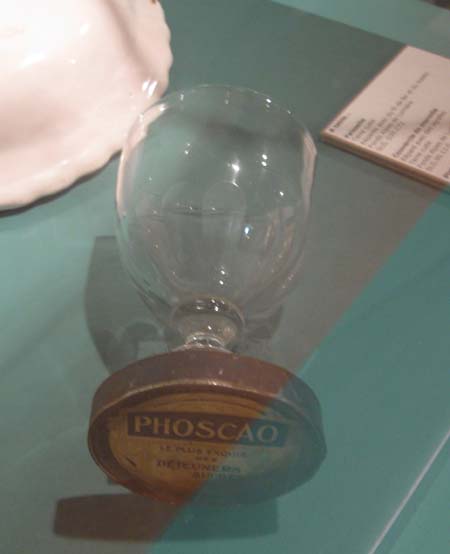
And, to add to my collection , an old polish tin used to provide the base for a glass.

Comments
The comments are closed.